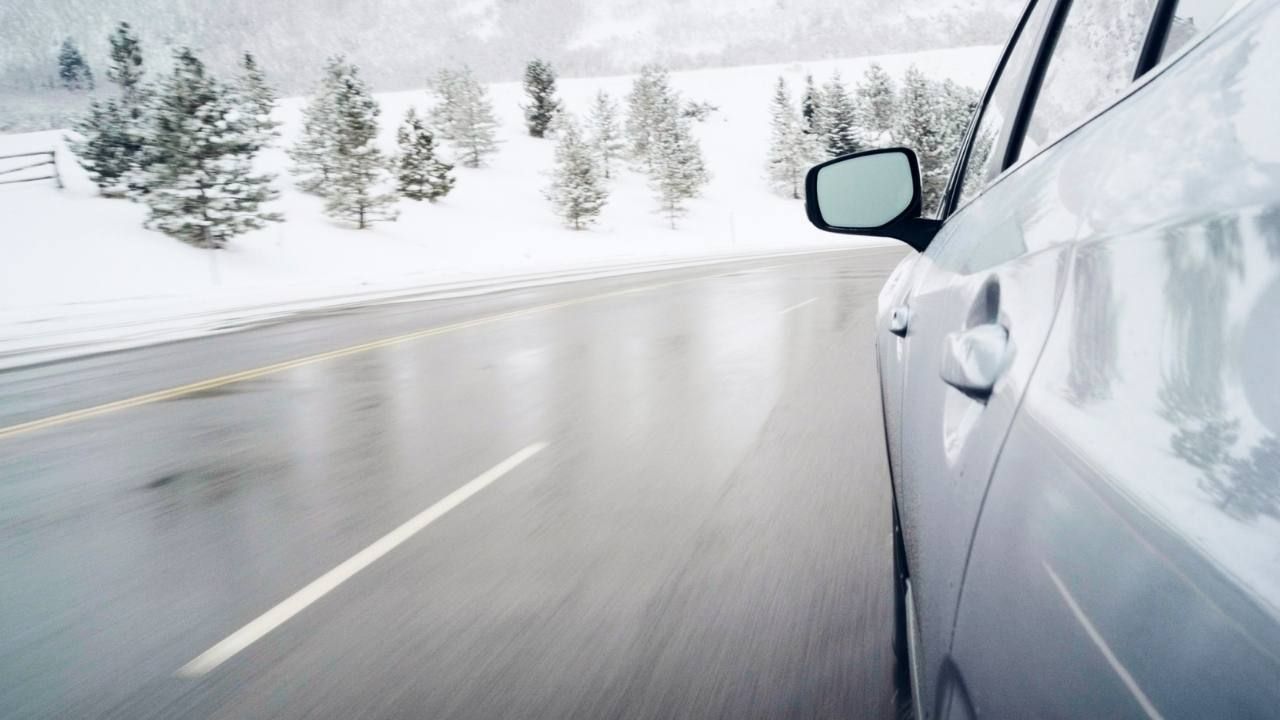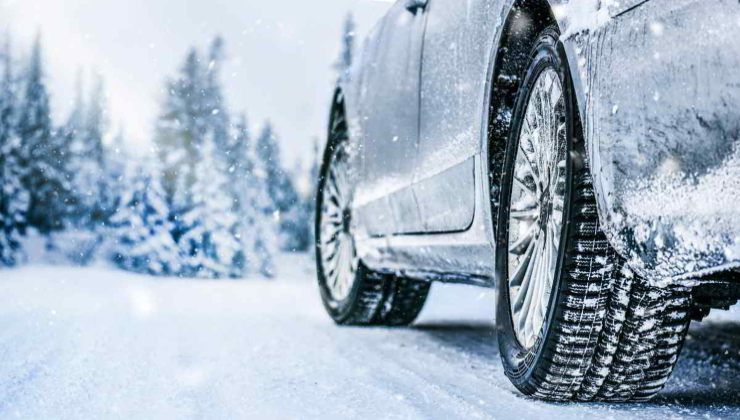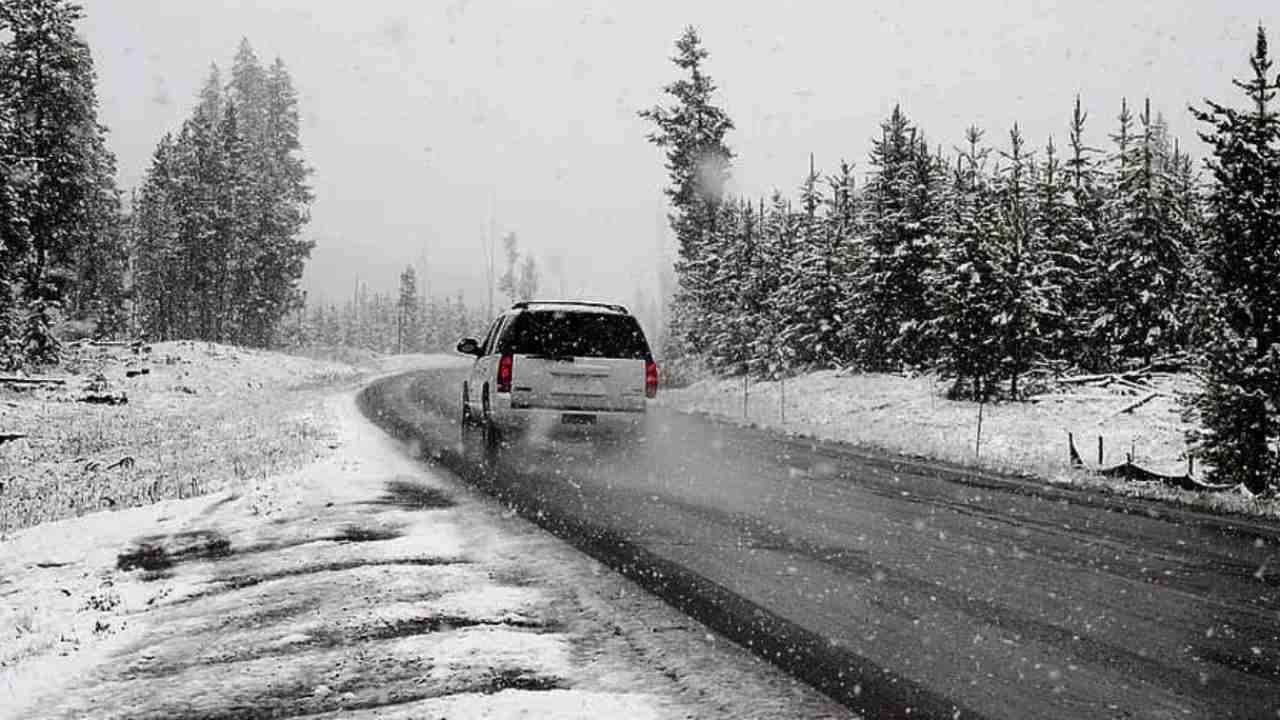With the advent of winter there are more and more situations in which you are forced to drive in adverse weather conditions. How to behave in case of snow, rain, ice and in many other cases? Here are some essential tricks to always stay calm and not to jeopardize your safety and that of other users on the road.

For some, winter has already arrived, while for others it is just around the corner. Since November 15, the obligation to fit winter or 4-season tires has come into force. Alternatively, it will be essential to always have the snow chains, to be mounted in case of sudden heavy snowfall. This obligation will remain in effect until April 15, 2023.
Our advice is not to stick to what the Highway Code says always fit the appropriate all-season tyres. The specific winter tires will be more performing than the 4-season ones. Much, however, will depend on the use of the car. For those who use the car for short distances and only in the city, then universal 4-season tires could also be fine.
But how should you behave in case of adverse weather conditions? There are a few little tricks to consider, in such a way that you can always be safe without fearing any meteorological phenomenon. Here’s everything you need to know about it.
Stay safe driving in snow and other adverse situations: here’s everything you need to know
We have already mentioned the right tires to mount for the winter months. Other than that, it will be indispensable pay even more attention than usual behind the wheel in heavy snow, rain, hail, icy road and other adverse weather conditions. What is there to do to stay calm?

Always returning to the tire factor, it becomes essential to fit elements that have not been damaged or used for too long. Therefore, every four or five years it will be mandatory to change the tires. The safety and efficiency of the tires must always be at their best. An aspect that we will NEVER get tired of repeating until exhaustion.
What to check to always have the best tires for any weather condition? First of all, it is essential that the tread thickness never falls below the limit of 1.6 mm. In this case – as well as having ‘dangerous’ tires fitted – you will also run the risk of incurring heavy fines. The Highway Code, in fact, forbids you to drive with a tread thickness lower than this limit. The tires must also be perfectly inflated.
We come now to what to be careful when driving. Prudence must always be at the highest levels in the event of snow, ice or poor visibility. Moderate your speed and pay attention to even the smallest detail, therefore, it will definitely play in your favor. In addition to the low speed, moreover, it will be essential not to get too close to the car in front, in such a way as to have the time and space to brake and not ‘slip’ – in the presence of ice – against it.

The presence of ice is, without a doubt, the adversity most feared by motorists. Even the most experienced, in fact, can run the risk of running into unexpected skids. Moderating speed, avoiding sharp turns and accelerations, is definitely the right thing to do. Furthermore, it is advisable to make the most of the engine brake.
Finally, a tip. If possible, try to avoid driving at night or in the crack of dawn during the winter months. The risk of running into large stretches of icy road – due to the colder temperatures – is very high.



